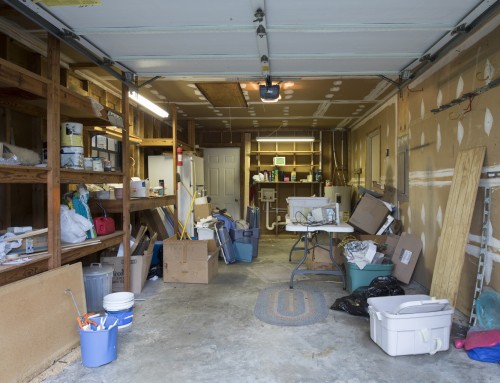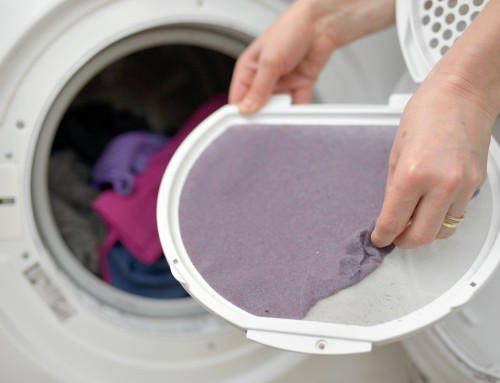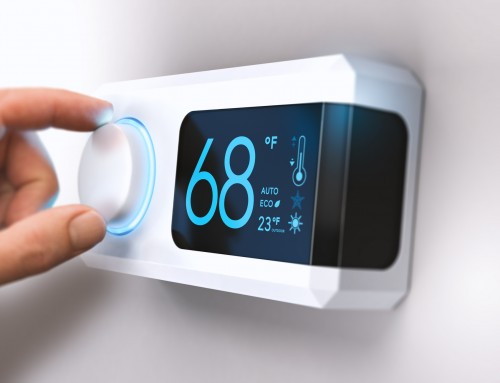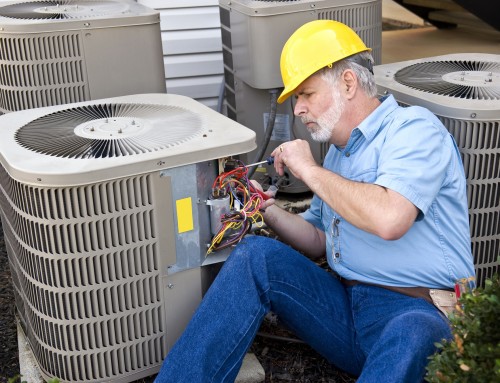You’ve been in offices or airplanes where the temperature was so chilly that you could see your breath misting up in front of you. In those cases, you were wondering what that person was thinking when they set up the temperature to be so chilly.
In other cases, you’ve sat down in a friend’s house where your legs kept on sticking to the leather armchair you were on, because of how hot it was. Even though the ideal home temperature is subjective, you wondered if they forgot to switch off the heat or turn on the A/C.
Whatever it was, you were not comfortable in the least. The ideal room temperature varies from person to person, but also from budget to budget. It also varies from gender to gender, considering a lot of couples fight about the right temperature to set their bedroom at.
Read on to see what factors influence the ideal home temperature.
Humidity Matters in Setting Your Ideal Home Temperature
You’ve noticed this when you visit a tropical country. The humidity alone is enough to make you crawl into your air-conditioned room and never venture out again. You find it hard to even breathe in high-humid conditions.
Air conditioners cool homes by removing heat from the atmosphere and also by removing excess moisture. In a situation with high humidity, it means that your air conditioning unit might be working even harder to catch up. That means that your HVAC costs might end up sky-high on especially humid days.
The ideal humidity temperature home is the same as it would be without humidity. It’s that your HVAC system will be working harder to maintain that ideal temperature.
Also, remember to keep your humidity levels in your home at 40-60% to stay comfortable, and not feel that your skin is clammy indoors.
Ventilation Is Another Major Factor in Comfortable Room Temperatures
Unfortunately, in some older homes, or some badly designed ones, ventilation is always an issue that comes up. For those homes using baseboard registers versus vents, it’s easier to control the amount of heating or cooling air that’s coming into your room. That keeps things more comfortable.
But without the option of adjusting the amount of airflow in a room, you are dependent on the mercy of the rest of the house. Some rooms in the house might end up way too hot, some others way too cold, leading different family members to constantly be bickering with each other.
If you are not able to control the individual temperature in each room, ensure that you have some capacity to influence the temperature of each room, either by using individual portable fans or portable heaters.
Even humidifiers are useful in such a regard, when during winter, the rooms get too dry, causing your skin to get itchy and crack.
Winter and Summer’s Temperatures Differ Depending on the Place
Maybe you live in a place where there are no seasons, just one long summer. But if you are not so lucky, then you are going to end up adjusting your average home temperature four or five times a year.
Even though your thermostat might be set up for 65 to 68 degrees Fahrenheit during the day, some days it might be much colder outside, causing you to increase your heat. On other days, the heat from the outside might be boiling you indoors, so you might change your room temperature to something lower, like 60 to 65 degrees Fahrenheit.
Either way, the season will definitely influence the ideal home temperature, making it higher or lower, as the outdoor temperature requires.
There Isn’t One Temperature to Set Your Thermostat at All Year Long
Even though you would like one number to set your home temperature all year long, that’s unfortunately quite hard to do.
Even the human body which is set up at a constant temperature of 98.6 degrees Fahrenheit is constantly adjusting itself according to the outside temperatures.
Ideally, the room you sleep in should be set up at a lower temperature around 60.8 to 64.4 degrees Fahrenheit at nighttime. This ensures that you can fall asleep faster, because the cooler room temperature will prod your body’s circadian rhythm and melatonin production to increase, causing you to feel sleepier, and fall asleep faster.
There are decades of sleep science behind this, especially considering that most people in the Western world have a hard time falling asleep and then staying asleep.
Keep your average home temperature at night cooler than normal, swaddle yourself with blankets, and fall into the dream world of sleep faster and longer.
If You Are on a Budget Wear More Clothes or Less Depending on the Season
It’s easy to bicker about the ideal home temperature when it’s just about comfort. But what about if you are on a budget and need to cut costs where you are able.
That’s when your heating and cooling bills are scrutinized way more carefully than before. In those cases, it is recommended that instead of going for ideal room temperature, keep your temperature coolish, as cold as you would at nighttime while sleeping, and then wear extra layers to stay warm. And dream about hot tubs.
The same applies when you want to reduce your cooling bills during the summertime. Drink lots of ice-cold drinks, wear shorts and a tank top, and dream about visiting the beach or a swimming pool.
It’s about adjusting yourself as the season, the temperature, and the circumstances need. That’s the mark of a mature adult, isn’t it?
Take Care of the Small Things and the Big Things Will Take Care of Themselves
About the ideal home temperature, the best thing to do is to take care of the basics. Ensure that your ventilation is up to par. Also, make sure that your windows and doors are properly sealed off, so they don’t let out too much heating or cool air.
Every individual is different in their ideal room temperature needs. No need to follow the masses in that regard.
If you enjoyed this article, please check out the other articles on our blog.











